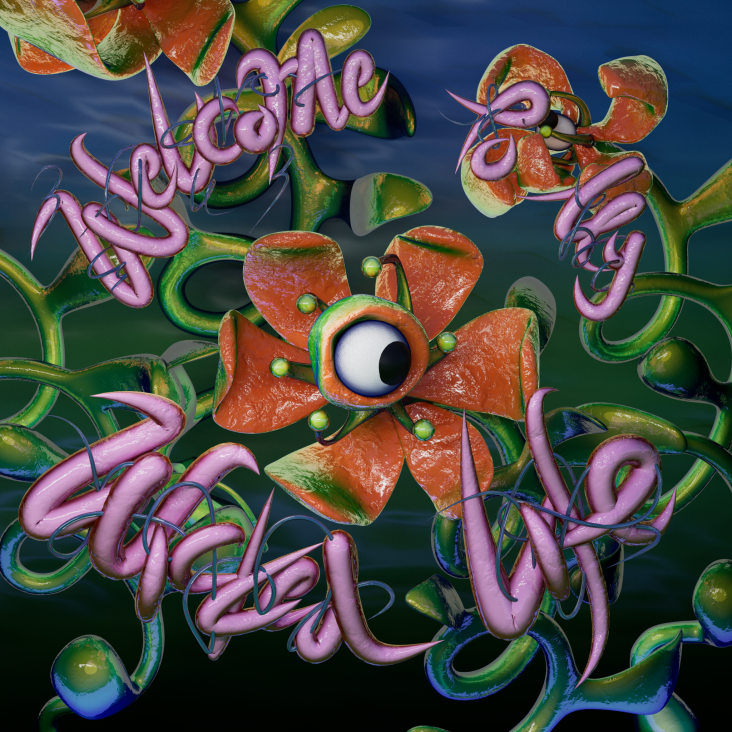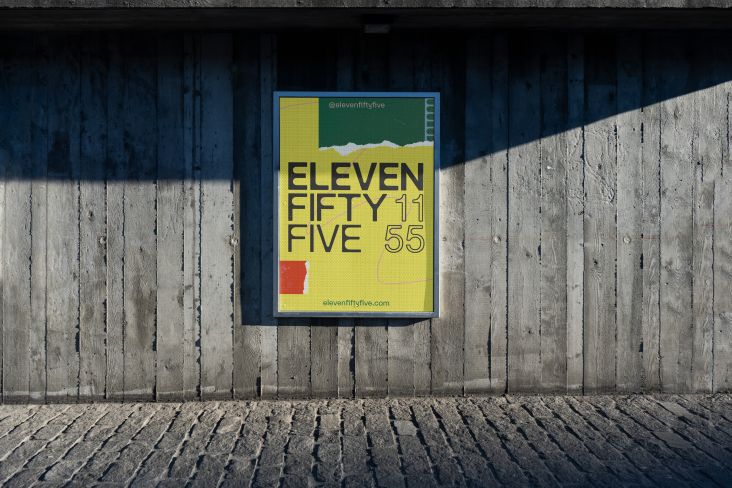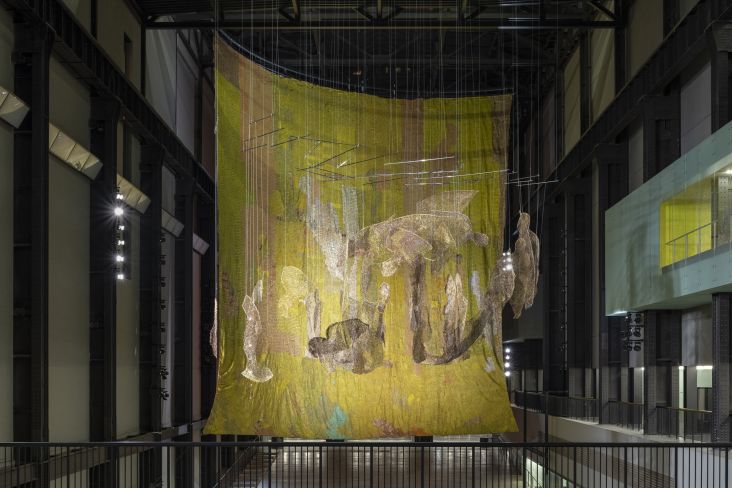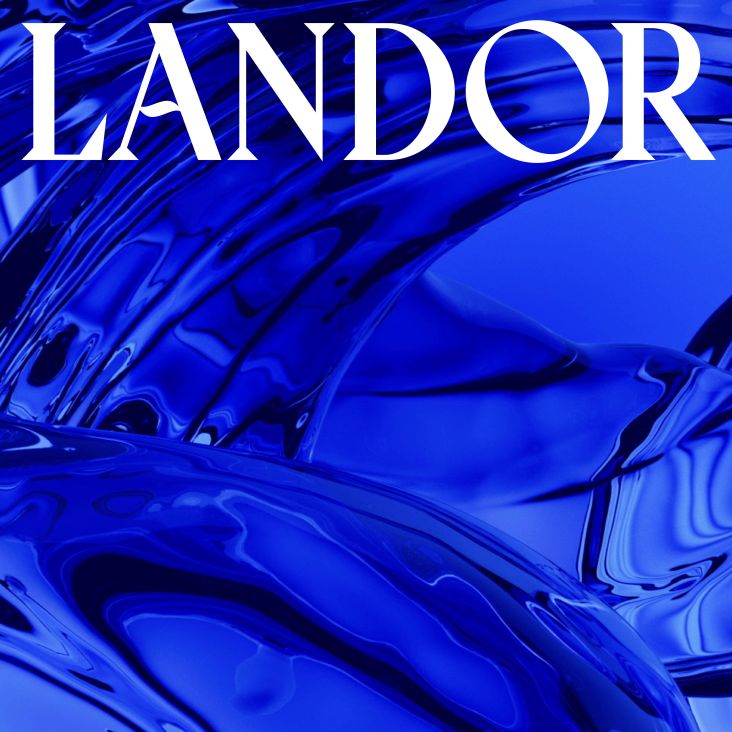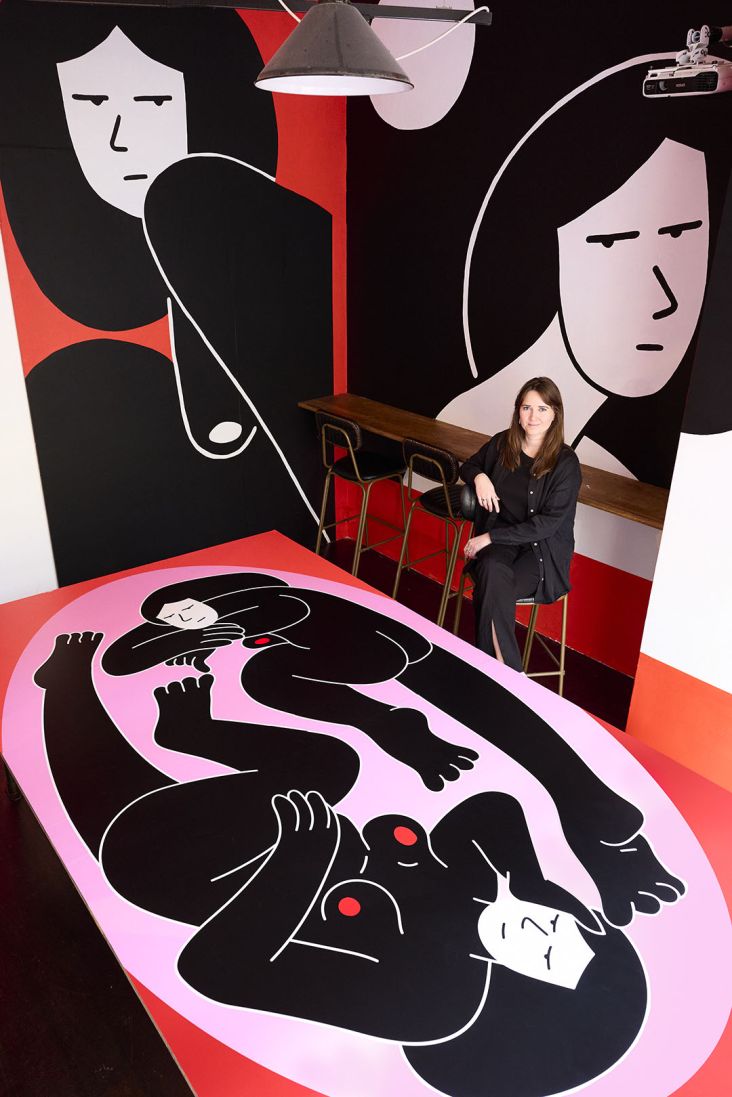The photographic mastery of Hiroshi Sugimoto
As the largest survey to date of Hiroshi Sugimoto gets underway, we consider the artist renowned for creating some of the most alluringly enigmatic photographs of our time. Meditative and elegant, his works bend concepts of time, space and light, capturing our imagination for over five decades.
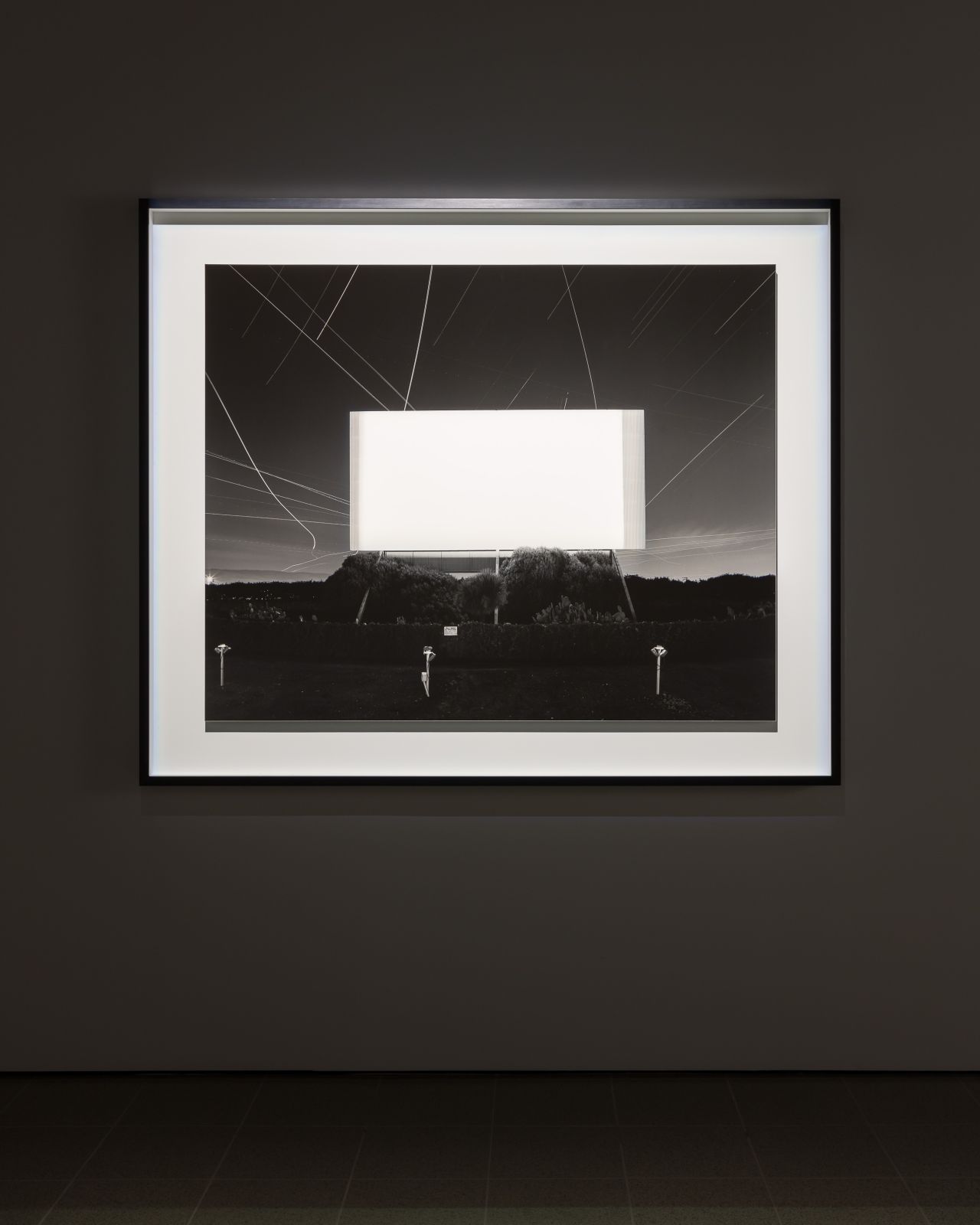
Installation view of Hiroshi Sugimoto, Theatre series. Gelatin silver print. Photo: Mark Blower. Courtesy the artist and the Hayward Gallery.
The average American takes twenty photos a day. While this number drops to just five across Europe, it's still a staggering five billion photographs taken worldwide every day. That's roughly 57,000 a second, and in the time it's taken you to read this, it's already a quarter of a million snaps. It is fair to assume this is a case of quantity over quality.
Turning these crazy numbers on their head, Japanese photographer Hiroshi Sugimoto has instead taken many more seconds to consider and forge his works. In one of his acclaimed series, Theaters, he has set up his camera and focused it on the cinema screen.
Keeping the shutter open from the moment the film starts to the second it ends, he has captured the entirety of the motion picture in a single frame. That image is, of course, pure white light. These striking scenes act as architectural portraits, illuminating seats, aisles, plaster, and detail. With drive-thrus, the flightpaths of overhead planes score lines in the black sky beyond the screen.
Sugimoto's explorations with photography have taken him around the world, both physically and artificially. With Seascapes, the artist has repeatedly captured the sea and its horizon line midway across the image with the sky. Over decades, he has kept the restriction of this black-and-white composition, but incredible variation is achieved through time, moonlight, mist, and weather or off-camera sunshine. Even with the ten examples on display in this exhibition, spanning the English Channel to the Pacific, there is the inverse of a white sea and black sky as a dark ocean with pale, overcast clouds.
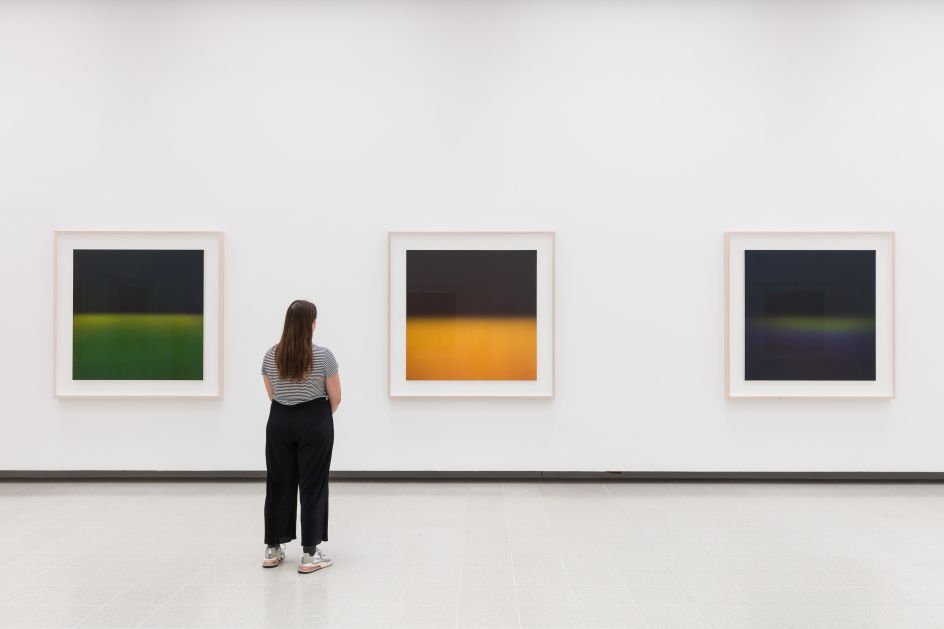
Installation view of Hiroshi Sugimoto, Opticks series. Gelatin silver print. Photo: Mark Blower. Courtesy the artist and the Hayward Gallery.
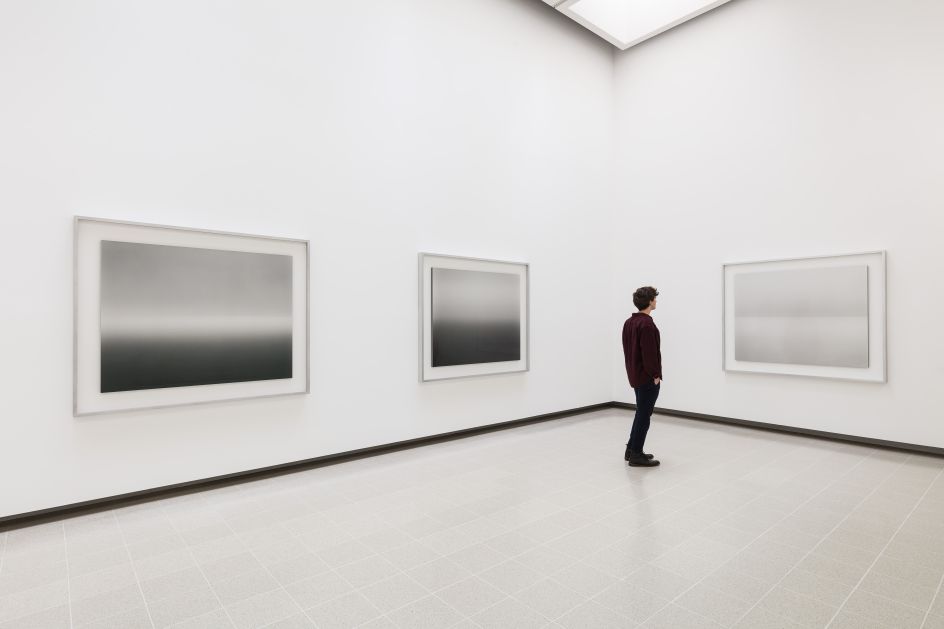
Installation view of Hiroshi Sugimoto, Seascapes of series. Gelatin silver print. Photo: Mark Blower. Courtesy the artist and the Hayward Gallery.
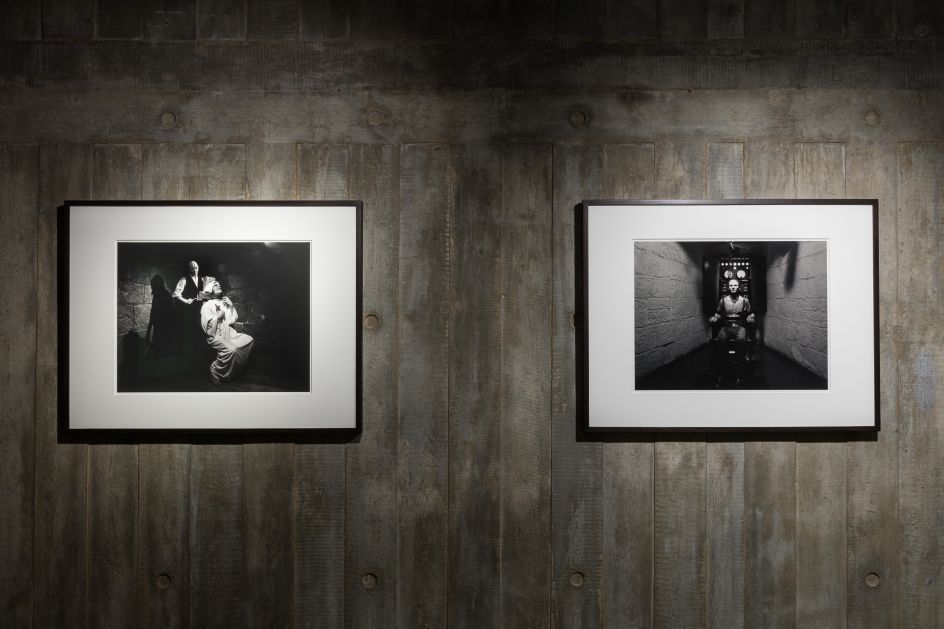
Installation view of Hiroshi Sugimoto, The Chamber of Horrors series. Gelatin silver print. Photo: Mark Blower. Courtesy the artist and the Hayward Gallery.
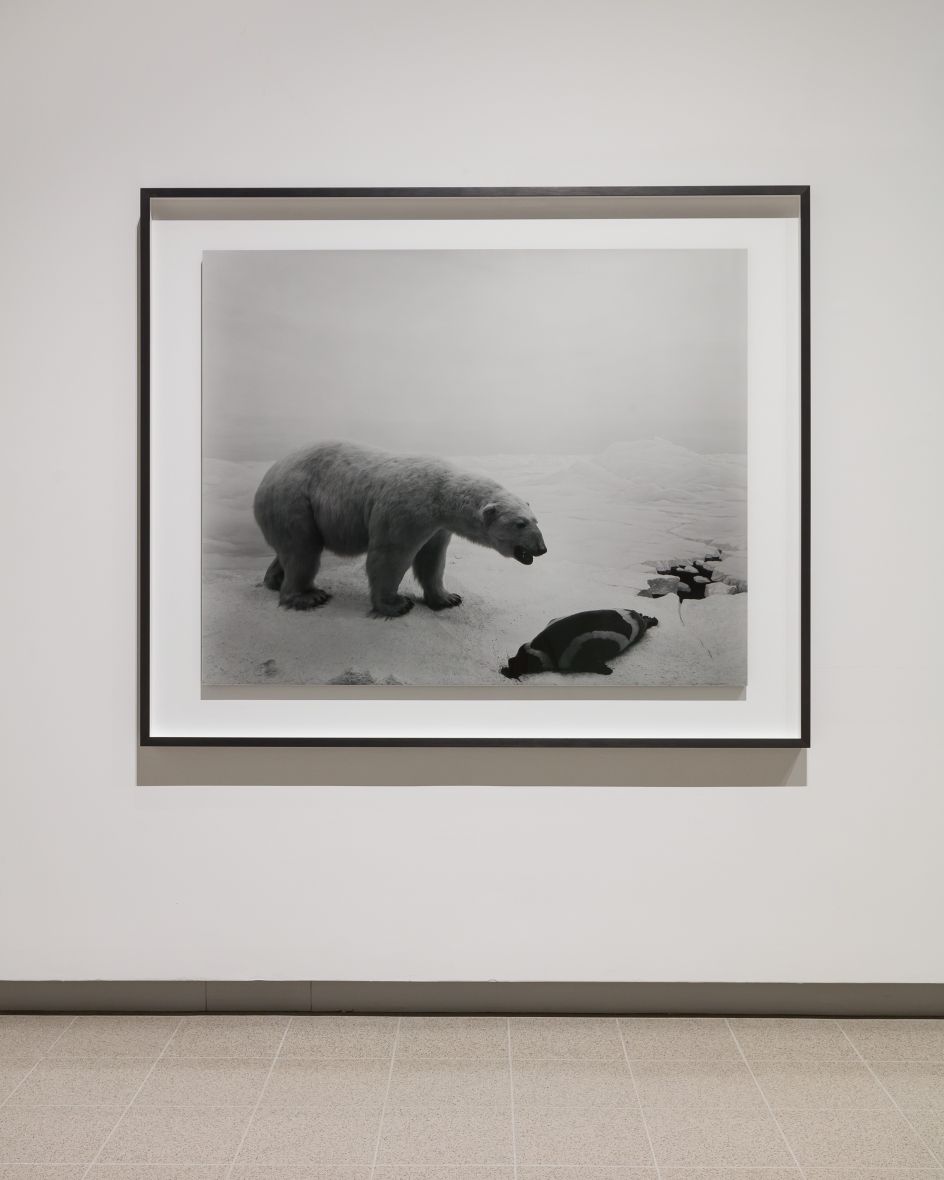
Installation view of Hiroshi Sugimoto, Polar Bear, 1976. Gelatin silver print. Photo: Mark Blower. Courtesy the artist and the Hayward Gallery.
While the seascapes have been taken from the shores of dozens of countries, the natural history dioramas only appear to depict exotic and faraway lands. With this series, they have all been taken from traditional museums across America. In carefully lighting the scenes and technically handling old-format film cameras, Sugimoto has brought these lifeless wax models and dated taxidermy to life. Further reanimation is achieved with portraits of Madame Tussauds models and 'House of Horrors' style waxen mannequins; characters include Princess Diana, Che Guevara, and an electric chair scene.
The Hayward's considerable size has allowed for the sensitive curation of this exhibition. The viewer can enjoy the images without too much interference, and in most cases, a blank white wall allows for the purest reading of the photographs, free from the reflected framing of other works.
Other works include Opticks and his experimentation with abstract photography and colour, while downstairs, his exploration of mathematics has led him to create physical conceptual forms, subsequently captured on film. Sugimoto, bestowed with an endlessly inquiring mind, should inspire us to take the time and keep trying new techniques while continuing to master the basics.
Hiroshi Sugimoto: 'My camera works as a time machine' | Hayward Gallery
Photography is an evergreen page on Creative Boom. We are all drawn to this medium because of its ubiquitous simplicity and because when someone excels, they show you images you have never seen before.
Hiroshi Sugimoto is unarguably one of the world's great photographers, he has succeeded in sharing something fresh but timeless and both immediate and contemplative over his many series of investigations. Describing himself as 'the last black and white, conventional, traditional photographer', there is much to be learned from studying his oeuvre. This exhibition, his largest to date, is a perfect showcase.
Hiroshi Sugimoto is at the Hayward Gallery until 7 January 2024. To find out more, visit www.southbankcentre.co.uk.

Installation view of Hiroshi Sugimoto, Opticks series. Gelatin silver print. Photo: Mark Blower. Courtesy the artist and the Hayward Gallery.




 by Tüpokompanii](https://www.creativeboom.com/upload/articles/58/58684538770fb5b428dc1882f7a732f153500153_732.jpg)


 using <a href="https://www.ohnotype.co/fonts/obviously" target="_blank">Obviously</a> by Oh No Type Co., Art Director, Brand & Creative—Spotify](https://www.creativeboom.com/upload/articles/6e/6ed31eddc26fa563f213fc76d6993dab9231ffe4_732.jpg)








